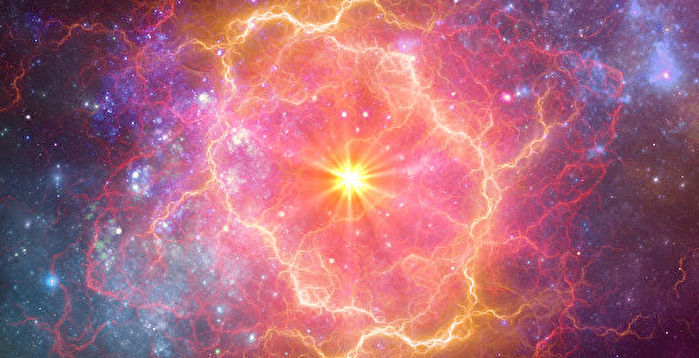For the first time ever, astronomers have imaged the explosive demise of a red supergiant in real-time, witnessing the upheaval from the massive star before it collapsed into a Type II supernova to after it exploded The whole process of rapid ashes.
Although scientists often see supernova explosions, they usually make observations only after the supernova explosion. This time, the team spotted signs of an impending supernova before it exploded, and continued to observe the red supergiant for the last 130 days before its fatal explosion.
“It’s like observing a time bomb,” said one of the paper’s lead authors, Professor Raffaella Margutti of the University of California, Berkeley, in a statement. “Until now, we’ve never demonstrated such intense activity in a dying red supergiant, which we see produce such bright radiation, then collapse and explode.”
The discovery upends previous ideas about how red supergiants evolved before they exploded. Earlier research suggested that the red supergiant was relatively quiet before dying, with no evidence of violent eruptions or radiation. However, this new observation detected bright radiation from the red supergiant in the last year before the explosion. This suggests that at least some of these stars must have undergone major changes in their internal structure, causing them to spew out gas in large quantities before collapsing.
“This is a breakthrough in our understanding of what massive stars do in the moments before they die.” UC Berkeley graduate student Wynn Jacobson-Galán, one of the paper’s lead authors, said in a statement. “The pre-explosion activity of a red supergiant has never been directly detected in an ordinary Type II supernova before. For the first time, we have seen the entire explosion of a red supergiant,” the statement said.
The Pan-STARRS (Pan-STARRS) telescope at Haleakala Volcano on Maui, Hawaii, detected the doomed massive star for the first time in the summer of 2020 through the massive radiation emitted by the red supergiant. A few months later, in the fall of 2020, a supernova lit up the sky.
The research team quickly captured the powerful flash and used the Keck Observatory in Hawaii to obtain the first spectrum of the explosion, which it designated Supernova 2020tlf (SN 2020tlf). The observational data point to direct evidence of dense interstellar matter surrounding the star at the time of the explosion, likely the same gas that was violently ejected from the red supergiant star that Pan-STARRS photographed earlier in the summer.
After the explosion, the team continued to monitor SN 2020tlf. Based on data obtained from the Keck Observatory’s Deep Imaging and Multi-Object Spectrometer and Near-Infrared Echelon Spectrometer, the research team determined that SN 2020tlf’s predecessor was a red supergiant star located in the galaxy NGC 5731 about 120 million light-years from Earth. Its mass is more than 10 times that of the sun.
Jacobson-Garland said: “I’m very excited about all the new ‘unknowns’ that this discovery has uncovered. Detecting more events like SN2020tlf will greatly impact how we define the final months of stellar evolution, Combining observations and theory to unravel the mystery of how massive stars die.”
A paper on the new study was published Jan. 6 in The Astrophysical Journal.
Responsible editor: Lin Yan#
.
